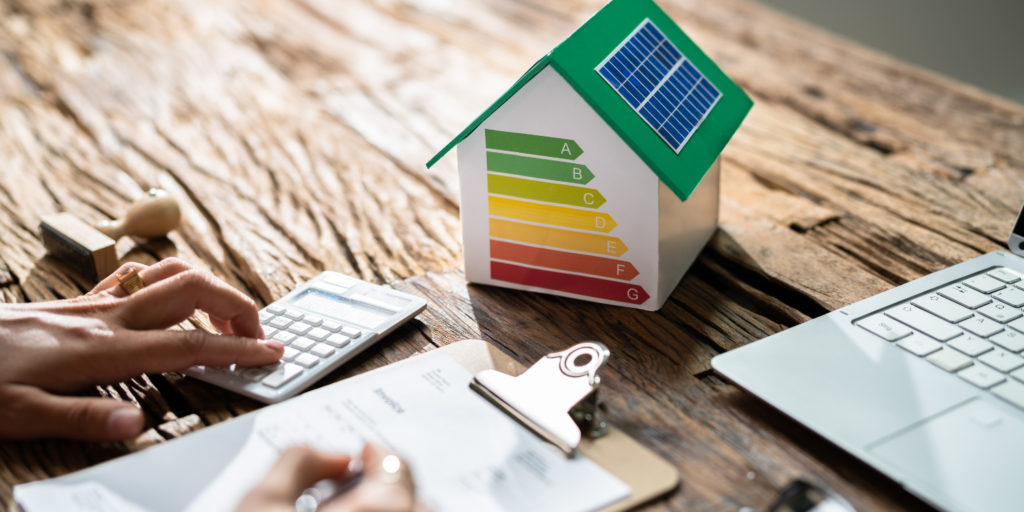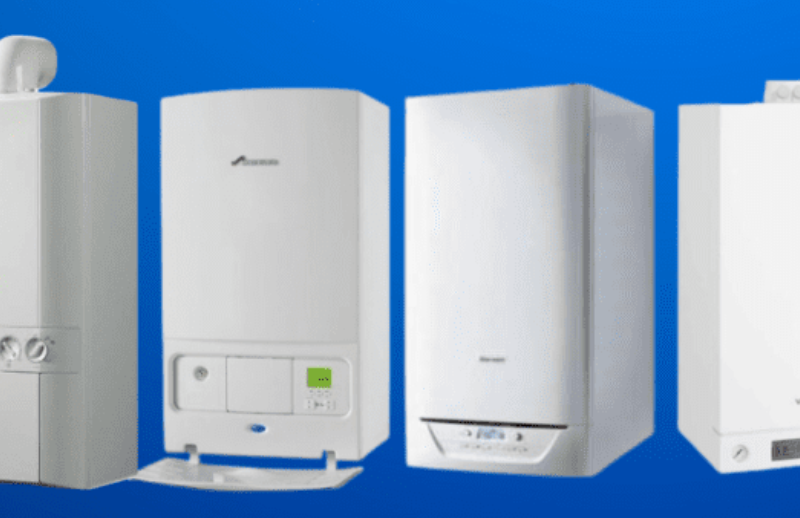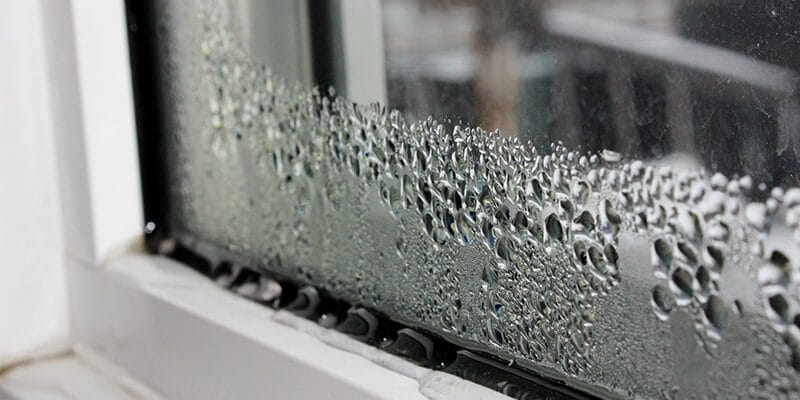Stop wasting money on heat that escapes through your walls and windows. Here’s a proven strategy to reduce your heating bills by up to 60%—not by buying a bigger furnace, but by heating smarter.
1. Start With a Home Energy Audit
Before upgrading your system, find out where your heat is going.
A home energy audit can identify air leaks, poor insulation, and ventilation issues that cost you hundreds every winter.
Quick wins:
- Use an infrared camera or hire a certified energy rater.
- Check for drafts near windows, outlets, attic doors.
Potential savings:
Up to 20–30% on heating costs when paired with proper insulation and sealing.
2. Seal and Insulate: The Best Heat is the One You Don’t Lose
Adding more insulation is often cheaper and more effective than upgrading your furnace.
Focus on:
- Attic insulation (R-38 to R-60 depending on zone)
- Wall cavity insulation
- Sealing gaps in ductwork, plumbing penetrations, attic hatches
Payback:
- 1–3 years for attic insulation
- Air sealing can reduce heating needs by up to 25%
3. Choose the Right Heating System — and the Right Size
Oversized systems cost more and work less efficiently. Match your system’s BTU output to the actual heat loss of your home (post-insulation!).
Best choices for propane homes:
- Condensing propane boiler + radiant heat
- Zoned propane furnaces
- Mini-splits (in milder zones)
Key tip: Run a Manual J Load Calculation before buying any system.
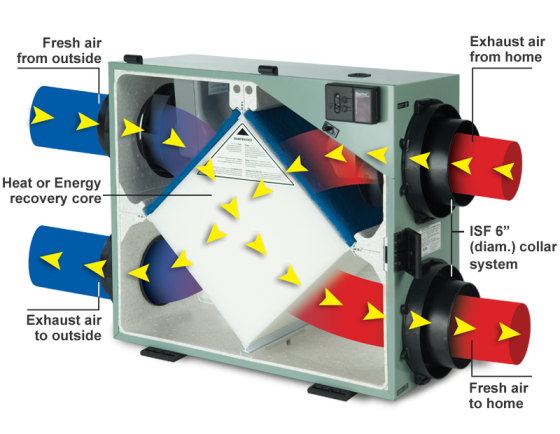
4. Add an HRV or ERV System: Fresh Air, No Heat Loss
Tightly sealed homes need ventilation—but opening a window isn’t the answer.
An HRV or ERV exchanges stale air for fresh while recovering 60–90% of the heat.
Best for:
- New builds and retrofits with excellent insulation
- Homes with allergy-sensitive occupants
Annual savings: $150–300 in heating, plus better indoor air quality.
Energy Recovery Ventilation (ERV) is a system that transfers energy, including both sensible and latent heat, from outgoing air to incoming air in HVAC systems. This process pre-conditions the fresh outdoor air, reducing energy consumption for heating or cooling. While ERVs transfer both temperature and moisture, Heat Recovery Ventilators (HRVs) only transfer sensible heat. Essentially, all ERVs are HRVs, but not all HRVs are ERVs.
5. Use Smart Thermostats and Zone Your Heating
Why heat the guest room all day?
Smart thermostats and zoning let you control temperatures per room and schedule.
Savings potential:
- 10–20% annually on heating
- Plus comfort exactly where and when you need it
6. Compare Payback Periods (Real Math)
| Upgrade | Typical Cost | Annual Savings | Payback Period |
|---|---|---|---|
| Attic insulation (R-49) | $1,500 | $300–500 | 2–3 years |
| Air sealing (DIY + pro) | $400–800 | $150–300 | 2–4 years |
| HRV system (installed) | $3,000–4,500 | $150–300 | 8–12 years |
| Smart thermostat (Nest) | $250 | $100–150 | <2 years |
| Propane boiler upgrade | $6,000–10,000 | $250–500 | 10–15 years |
7. Don’t Miss Rebates and Credits
You may qualify for:
- Federal tax credits up to 30% for insulation, HVAC, and energy recovery systems
- State/local utility rebates
- Free energy audits in some states
Where to check:
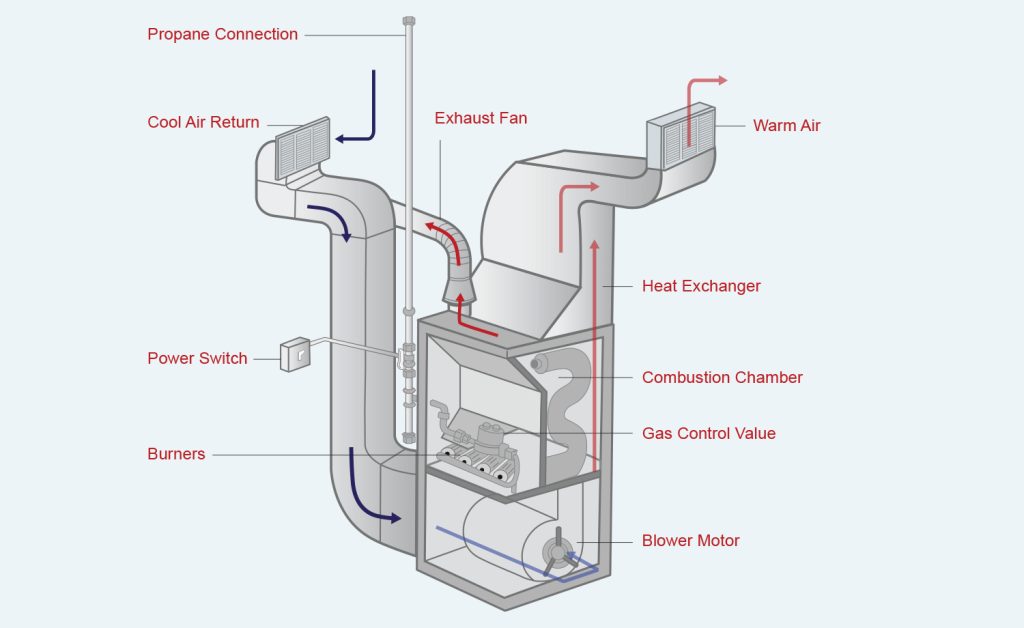
Conclusion: Heat Smarter, Not Harder
Saving on heating isn’t about cranking up the thermostat—it’s about retaining the heat you already pay for, and choosing systems that work in harmony with your home’s structure.
